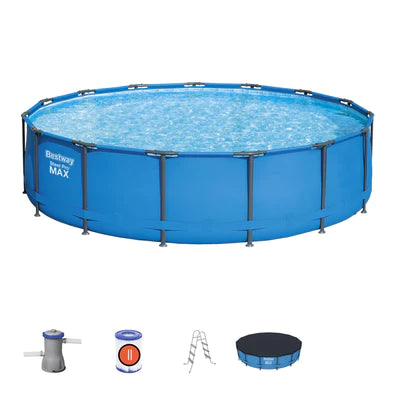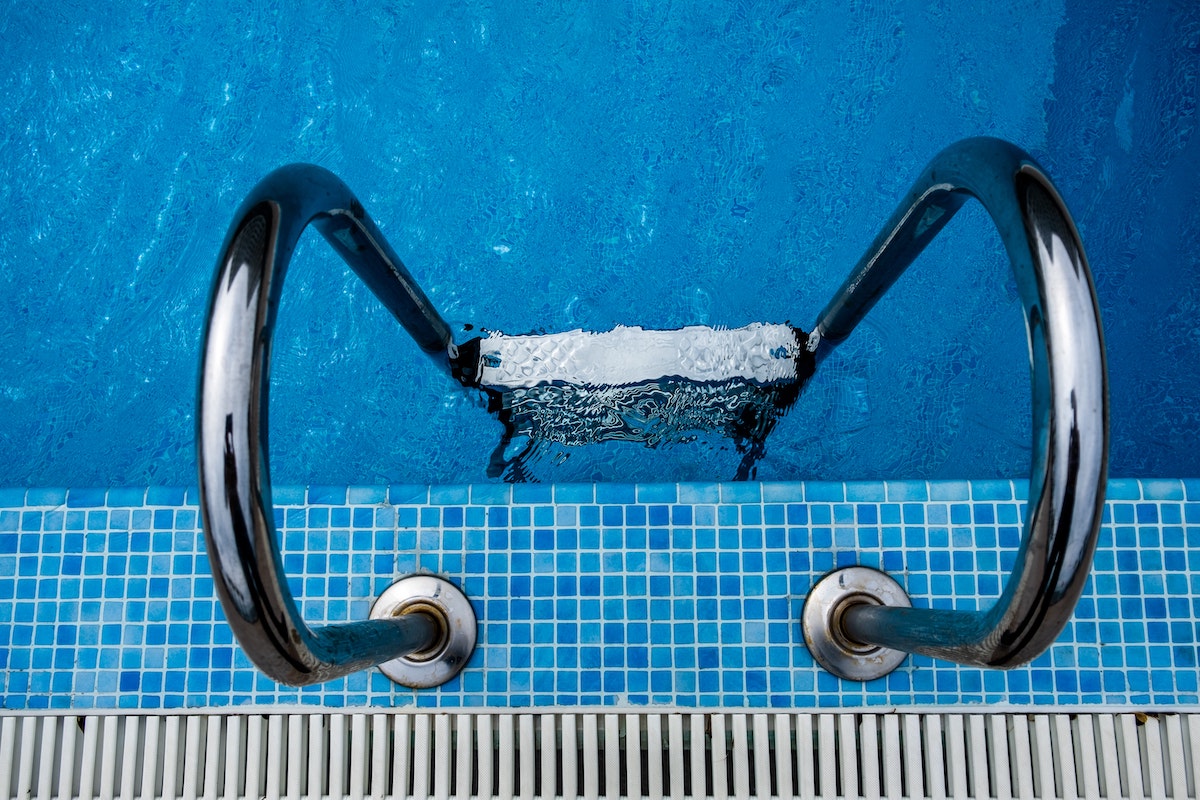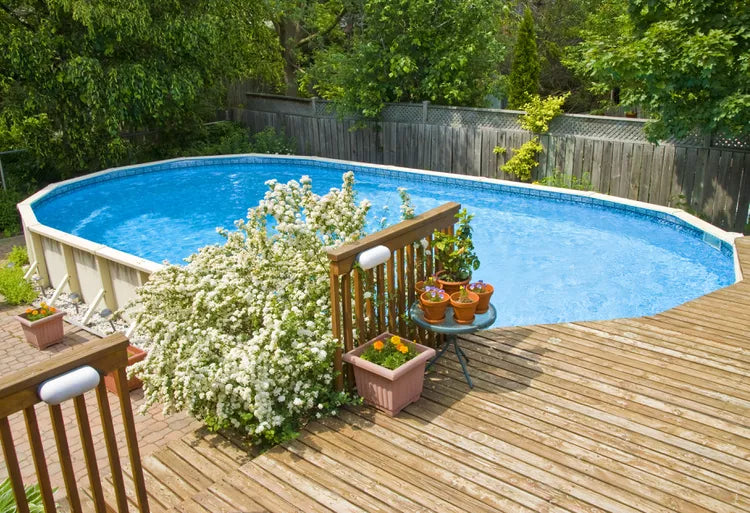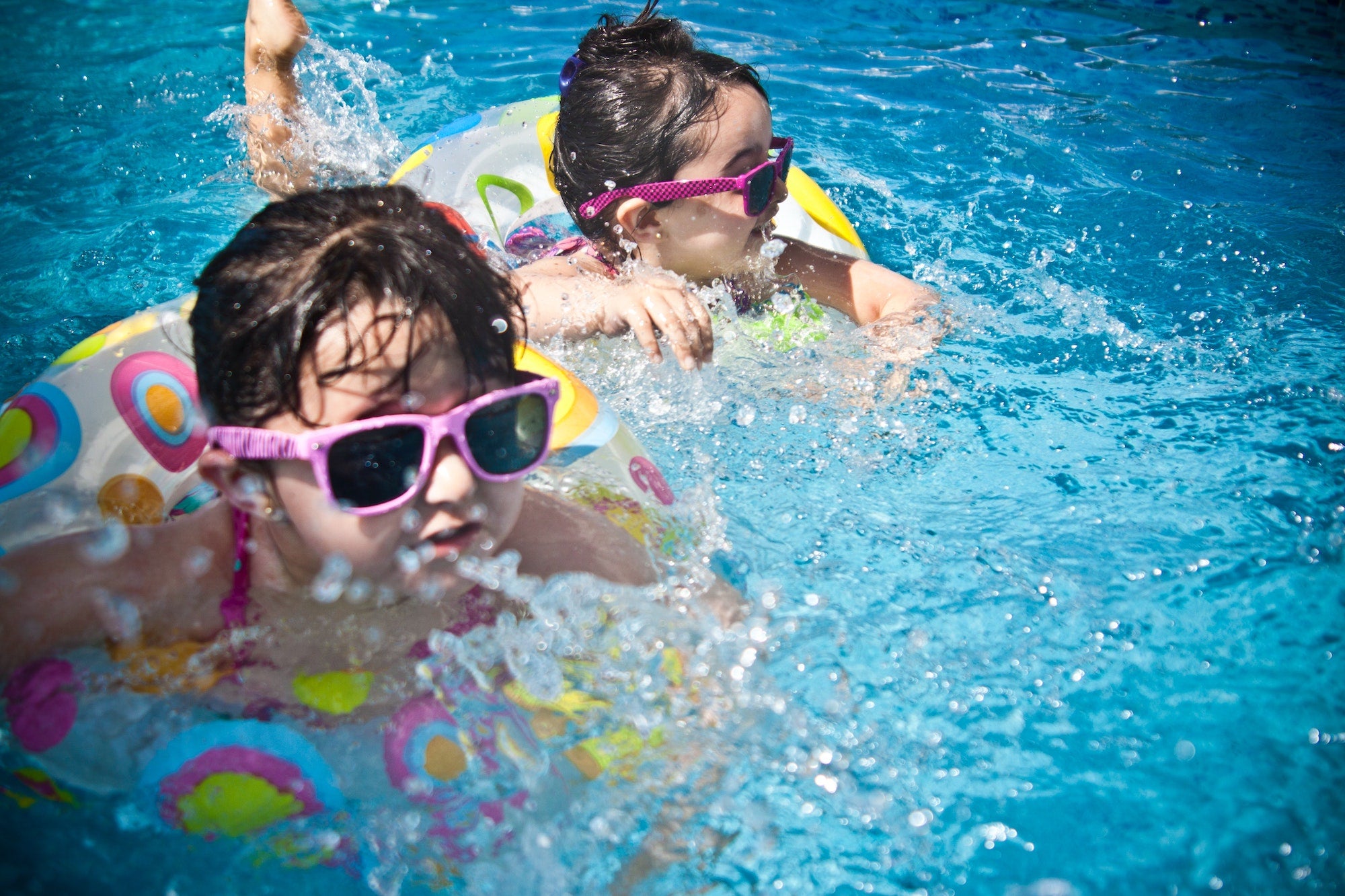What Do You Need to Install a Modular Pool?

A modular pool can transform your backyard into your own personal oasis. More and more Australian homeowners are discovering the joys of modular pools, due to their affordability, flexibility, and ease of installation make them the perfect addition to any outdoor space.
So, what do you need to get started?
1. Pool frame and base
When installing a modular pool, it's crucial to correctly assemble the pool frame and prepare a solid, level base to ensure the pool's stability and longevity.
The first step is to select the appropriate location for your above-ground pool, taking into consideration factors such as sunlight exposure, accessibility and proximity to utilities. Once you've chosen the perfect spot, you'll need to clear the area of any debris or vegetation, and level the ground as much as possible. A properly levelled base is essential to prevent uneven water distribution and potential damage to your modular pool.
Assemble the pool frame according to the supplied instructions, making sure that all connections are secure and properly tightened.
2. The pool body
Each modular component seamlessly fits together to create a smooth and sturdy pool structure. Made from high-quality materials, these segments are designed to withstand the elements and provide a secure, watertight environment for your family and friends to enjoy.
When assembling the body of your pool, it's essential to maintain proper alignment and levelling, as this will prevent any potential issues down the line. Use a spirit level and a string line to ensure the top of each panel is even and straight, and make minor adjustments as necessary.
3. Support structures
Support structures provide the stability and durability for your modular pool.
The most common support structures are uprights and top rails. Uprights are vertical posts that support the pool walls, and top rails are horizontal beams that connect to the uprights, providing additional support and giving your pool a polished look. They are made from materials like resin, coated steel or aluminium, as these are known for their durability and resistance to rust and wear.
4. Pool liner
The pool liner acts as a barrier between the pool's water and its structural components, protecting the pool's frame and walls from damage caused by water.
Liners come in a variety of materials, such as PVC, vinyl or reinforced fabrics – each offers different benefits. PVC liners can be designed in any number of shapes and sizes to suit your pool. They can also come in a variety of colours and designs, so you’re always able to find a liner that is both functional and aesthetically pleasing.
Also read: Above-Ground Pools And Its Benefits
5. Skimmer mouth
The skimmer mouth works tirelessly to clear the water's surface of leaves, dust and twigs to keep your pool debris-free.
As part of the pool's circulation system, the skimmer mouth is responsible for drawing water and floating debris into the skimmer basket, which can then be easily emptied and cleaned.
6. Filter and pump
This dynamic duo works together to keep your pool water clean and crystal clear, providing you with a refreshing and healthy swimming environment.
For filters, you have a few options to consider. Sand filters, cartridge filters and diatomaceous earth (DE) filters are the most common types.
As for the pump, it's crucial to choose one with the right power and flow rate to match your pool's size and filter type.
When choosing a modular pool, make sure you choose a reputable pool manufacturer and don't skimp on quality materials for a long-lasting pool experience. With over 40 years in providing Aussies with quality modular pools in the comfort of their own backyards, Stern’s Backyard know a thing or two when it comes to pools, toys, spare parts and more.



